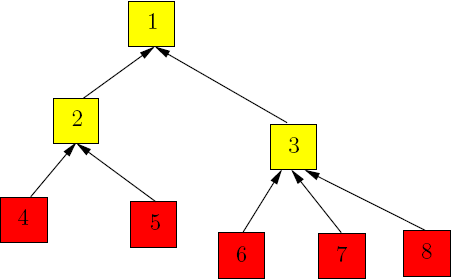The days where all you needed to drive traffic was publishing a short, spun, 300 word blog post a few times a week and swapping a few links are dead and gone. Today, content is still important, but to achieve authority status you will have to produce longer pieces with excellent content, including high quality videos and images.
It is a well known fact that video is one of the best ways to receive a high ranking on search engines. Still, few brands are taking advantage of its potential. This makes it much easier to receive a first page ranking on Google. Properly using video and video sitemaps will improve your chance of a first place page ranking up to 50 times.
Video sitemap
![]() A video sitemap is a special file which helps search engines find the location of videos on your site. The sitemap contains information pertaining to the video such as, the URL of the video player, along with the title, tags, and description of the video. Since search engines don`t have the ability to view your video and determine its content, the sitemap will deliver the information it needs to rank your video.
A video sitemap is a special file which helps search engines find the location of videos on your site. The sitemap contains information pertaining to the video such as, the URL of the video player, along with the title, tags, and description of the video. Since search engines don`t have the ability to view your video and determine its content, the sitemap will deliver the information it needs to rank your video.
Google can find your video without the use of a sitemap as long it has knowledge of the page it is on. However, creating a sitemap will increase the probability that your video will be found and that it will be properly optimized for search engines to use. You can create your own sitemap by using information that Google provides, or you can use an online video platform, such as Buto, to generate one for you.
Incoming links
 The effects of incoming links is also in the process of changing. While links are still undoubtedly important to page ranging, a concept known as social signal is increasing in importance. Social signal is a measure of your presence on social media. It is increasing in importance because today`s generation spends more time on social media than it does on search engines. People are also more likely to trust information recommended to them from a friend than from a search engine.
The effects of incoming links is also in the process of changing. While links are still undoubtedly important to page ranging, a concept known as social signal is increasing in importance. Social signal is a measure of your presence on social media. It is increasing in importance because today`s generation spends more time on social media than it does on search engines. People are also more likely to trust information recommended to them from a friend than from a search engine.
Social signals improve your ranking in a number of direct and indirect ways. The number of people who like your brand on Facebook, and the number of Facebook shares are examples of the direct impacts social signals have on your ranking. Some examples of indirect impacts include: Increased inbound links because of improved online visibility, increased positive reviews, and decreased bounce rate because people coming to your site are more likely to trust its content.
Managing your social signal occurs in two locations: on site, and off site. Make sure your website includes share buttons so your users are able like, recommend, tweet, and bookmark its content. Connect buttons to like a Facebook page, Follow on Twitter or LinkedIn, for example, will give you more exposure to your users and access to their friends, followers, etc.
Offsite elements such as Facebook pages, Twitter accounts, LinkedIn company pages, Pinterest accounts and YouTube accounts, should be created and continuously updated to draw more people to your site.
Using the information above you should feel confident going into 2013 that you will be able to obtain the page ranking you need.



